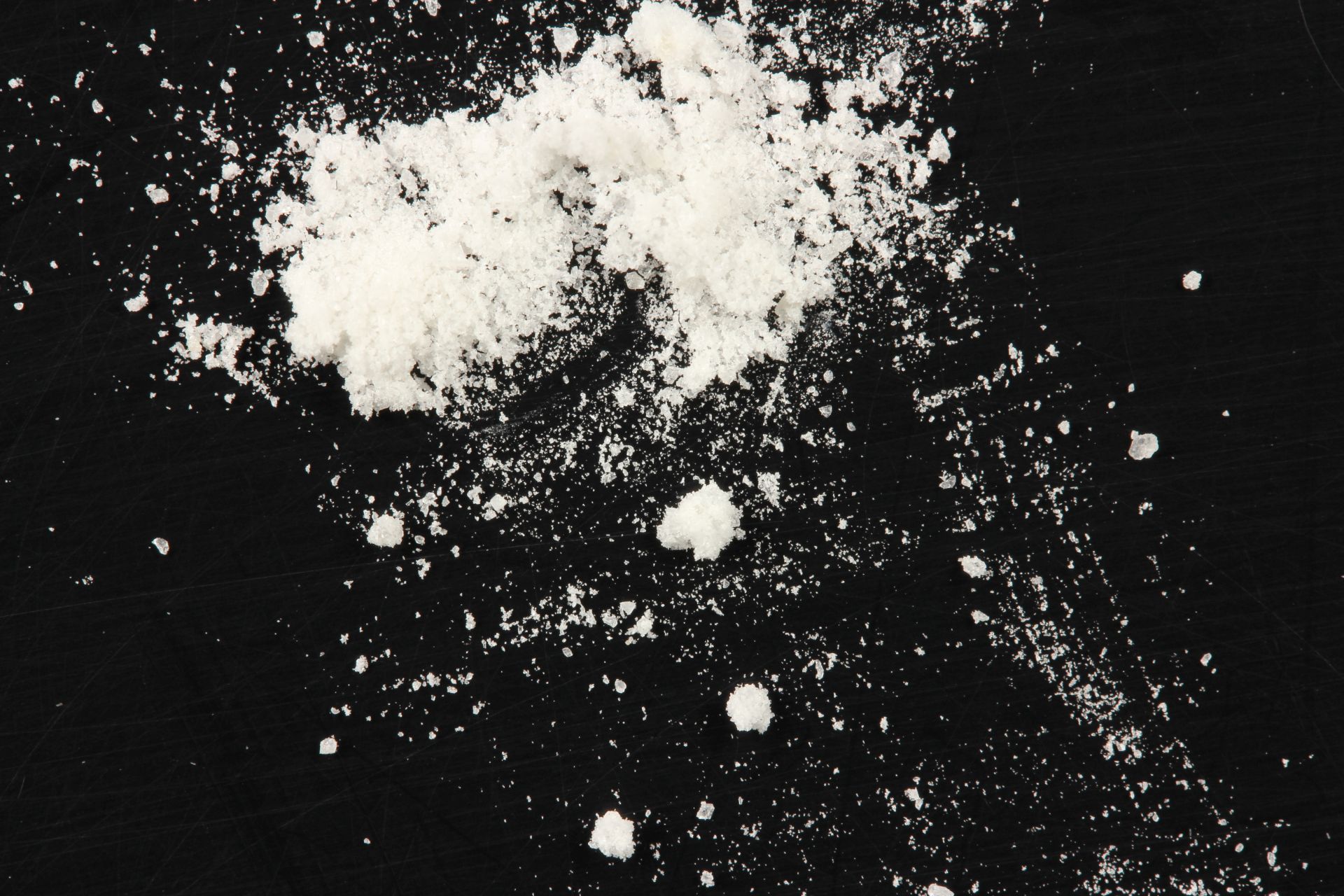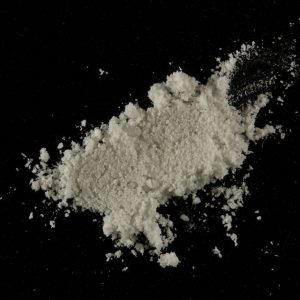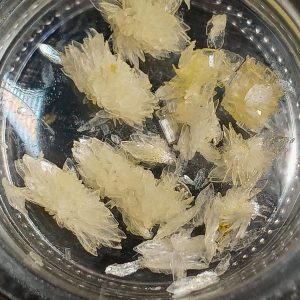Trimethyltryptamine (TMT): A Comprehensive Guide to the Mysterious Tryptamine Compound
A less well-known member of the tryptamine family, trimethyltryptamine (TMT) is structurally related to serotonin, melatonin, and the more well-known dimethyltryptamine (DMT). Although TMT has garnered some interest from the scientific community and psychonaut communities, little is known about its pharmacological makeup and psychoactive effects.
What Is Trimethyltryptamine (TMT)?
Trimethyltryptamine, or TMT for short, is a manufactured or natural hallucinogenic substance that is a member of the tryptamine class. TMT shares a basic indole ring structure with other tryptamines and neurotransmitters like serotonin.
Chemical Structure and Properties
-
Chemical Formula: C13H18N2
-
Molecular Weight: 202.30 g/mol
-
IUPAC Name: 1-(2-(3,4,5-trimethylphenyl)ethyl)-1H-indole-3-ethanamine
-
Class: Substituted tryptamine
Since TMT has three methyl groups bonded to the nitrogen atom of the ethylamine chain, it is a tri-methylated form of tryptamine. Because of this, it differs chemically from dimethyltryptamine (DMT), which only contains two methyl groups.
Natural Occurrence
There have been reports of TMT appearing naturally in certain plant species and even in trace amounts in human brains, despite the fact that a large portion of its history has involved laboratory manufacture. However, from a naturalistic standpoint, TMT is a relatively unknown tryptamine because these results are not well-researched or frequently reproduced.
Psychoactive Effects of TMT
With effects ranging from mild stimulation to severe psychological problems, TMT is said to provide a very distinct psychoactive profile than its more well-known counterpart, DMT. There is very little scientific study and inconsistent user reports.
Subjective Experiences
Some anecdotal reports describe:
-
Dysphoria and Anxiety: Many users report negative psychological reactions, including fear, confusion, or paranoia.
-
Minimal Visual Effects: Unlike DMT or psilocybin, TMT may lack the characteristic visual hallucinations.
-
Short Duration: The effects are often short-lived, lasting around 15 to 30 minutes when smoked or vaporized.
Due to its unpredictable and often unpleasant effects, TMT is not considered a popular or widely-used psychedelic. In fact, many users advise against its use altogether.
Comparison with Other Tryptamines
To better understand TMT, it’s useful to compare it with more studied tryptamines like DMT, 5-MeO-DMT, and Psilocybin.
| Compound | Common Name | Duration | Typical Effects |
|---|---|---|---|
| TMT | Trimethyltryptamine | 15–30 minutes | Dysphoria, disorientation, mild visuals |
| DMT | Dimethyltryptamine | 5–15 minutes | Intense visuals, ego dissolution, euphoria |
| 5-MeO-DMT | — | 10–20 minutes | Non-visual, ego death, unity experiences |
| Psilocybin | Magic Mushrooms | 4–6 hours | Visuals, emotional shifts, introspection |
TMT is not regarded as a common or extensively used psychedelic because of its erratic and frequently unpleasant effects. Actually, a lot of people suggest not using it at all.
Legal Status of TMT
The legal status of TMT varies globally, though it is not as tightly controlled as DMT or LSD.
-
United States: TMT is not scheduled under the Controlled Substances Act, but it may be considered an analog of DMT under the Federal Analog Act, which makes it illegal if intended for human consumption.
-
Europe: Countries like the UK or Germany may consider TMT illegal under general tryptamine regulations.
-
Australia & Canada: TMT is not explicitly listed, but could fall under broad substance control laws.
Unlike other psychedelic tryptamines, which are frequently praised for their medicinal and spiritual possibilities, TMT is known to produce unpleasant or perplexing experiences.
Scientific Research and Future Outlook
There hasn’t been much scientific study done on TMT to yet. Not much research has been done on its binding affinity to serotonin receptors, particularly 5-HT2A, which is linked to psychedelic effects. Its lack of therapeutic promise and allegations of negative psychological effects may be contributing factors to its obscure position.
TMT may be investigated further to learn more about its pharmacodynamics and how methylation patterns affect psychedelic action, though, as interest in psychedelics increases in mainstream science.
Safety and Harm Reduction
There are significant hazards associated with TMT use because of its unpredictability and paucity of study. If people decide to experiment in spite of these reservations, they should adhere to harm reduction guidelines to the letter:
-
Start with extremely low doses
-
Have a sober, trusted sitter present
-
Use in a safe, calm environment
-
Avoid combining with other substances
TMT is not regarded as a desirable or beginner-friendly psychedelic because of its bad reputation in user communities and possible dysphoric effects.
Conclusion: Is TMT Worth Exploring?
Among the tryptamine family, trimethyltryptamine (TMT) is still a mystery and is generally avoided. TMT is a cautionary tale in the field of psychedelics because of its lack of research, unfavourable user profile, and unknown benefits. TMT has not gained the same status in scientific or cultural narratives as other substances that exhibit therapeutic potential, such as DMT and psilocybin.





Reviews
There are no reviews yet.